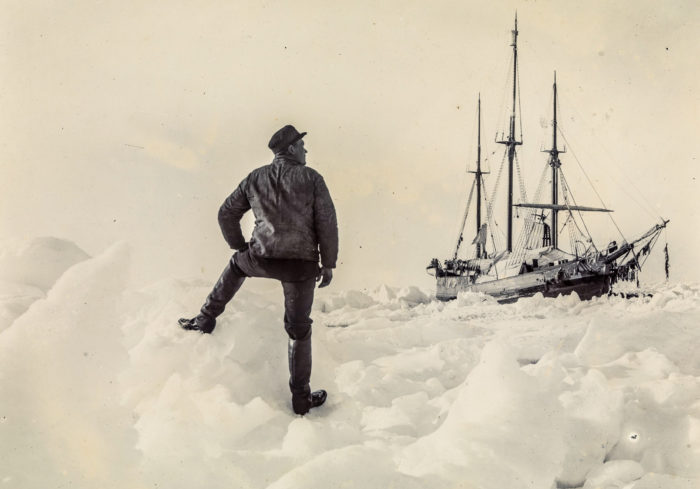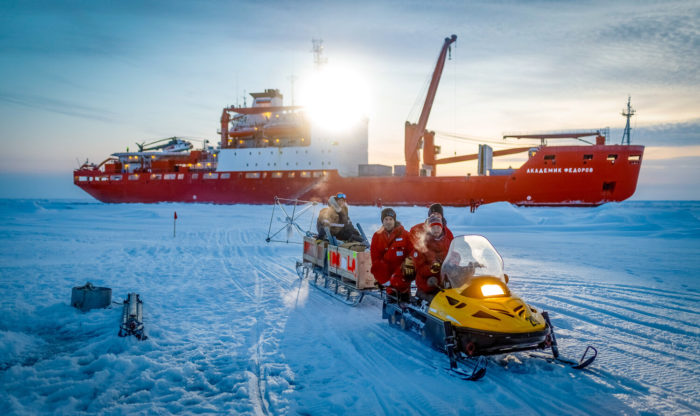It took years to prepare, 600 scientists and researchers from 20 countries in all to execute – 100 on board at any given time – in addition to some 300 more working in the background on the data collected ashore, and massive support operations on the ice.
This is MOSAiC, the most extensive international Arctic science collaboration where international experts conduct research across five main areas of interest: atmosphere, ocean, sea ice, ecosystem, and biogeochemistry. The work is carried out from the research ship Polarstern, which embarked from Tromsø in September 2019 and anchored at an ice floe in the Arctic to stay frozen in the ice for a year.
This innovative set-up of doing science and climate research in the Arctic is not totally new. MOSAiC follows in the footsteps of the Norwegian researcher Fridtjof Nansen who on a groundbreaking expedition in 1893 sailed his wooden schooner Fram towards the Arctic. He let the vessel freeze into an ice floe and drift, hoping that the natural east–west currents in the Arctic Ocean would carry Fram and her crew to the geographical North Pole.

Nansen never did reach the North Pole, but his expedition was ground-breaking and unique in the history of science. And, although the technology used in MOSAiC is light years ahead of Nansen and his team the core idea is the same and this time, like before, there are high hopes of the project elevating current climate science to a completely new level.
Photograph: JONAA©Mario Hoppmann / MOSAiC
Read more about the MOSAiC Expedition and Nansen’s achievements here: On A Groundbreaking 1893 Expedition Nansen Froze His Ship In Arctic Ice For A Year – Now MOSAiC Is Following His Path

